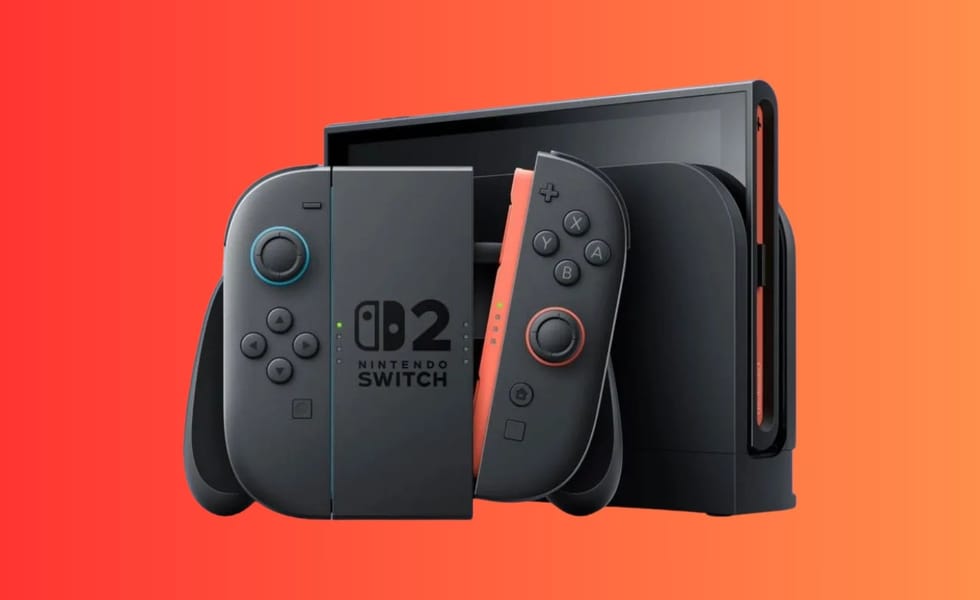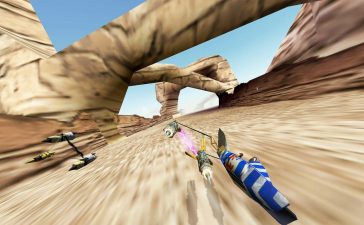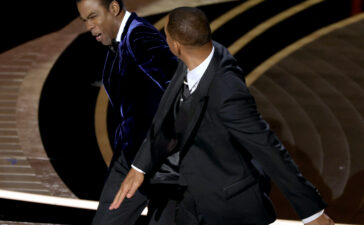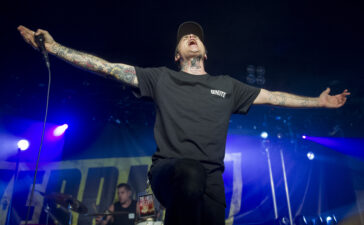The Nintendo Switch 2 excels with improvements across the board that solve just about every little complaint players had with the (already great) predecessor.
The Nintendo Switch 2 will be out in the wild as of June after a lot of speculation and hype. Many have been itching to check out what all the promised improvements and new functions (as well as games) feel like to hold in hand and actually play since the full reveal in April.
I got the opportunity to get a hands-on preview this week ahead of the sold-out Nintendo Switch 2 Experience going down in Melbourne over the weekend, and it’s safe to say what was on display is a very promising successor to the iconic handheld console.
Nintendo Switch 2 Graphics and Performance

One of the most noticeable changes for the Switch 2 is the screen – now sitting at a larger 7.9 inches. The improved screen, paired with the upgrades in processing power (for the numbers nerds, the Switch 2 can output 4K60 while docked depending on the game, or 1080p with 120FPS in handheld mode) is a massive jump from what the previous model could handle – 1080p60 while docked. This is all to say that games on the new Switch 2 looks noticeably better than its predecessor, even without a side-by-side comparison. While the screen is LCD rather than OLED, it’s still a major improvement.
What this means in actual play is a much smoother (and crisper) experience, and it became immediately noticeable when testing out games like Tears of the Kingdom with HDR. While on launch, the game already looked great, everything runs in more crystal clarity. The wide landscapes of Hyrule are clearer, the little details not lost, and even basic things like battles feel infinitely more dynamic.
The Nintendo Switch 2 does support DLSS upscaling (thanks to the new NVIDIA chip), and while a majority of the games on offer benefitted greatly from all these resolution and framerate improvements, there was one game that didn’t quite feel as crisp – Cyberpunk 2077. The fact CD Projekt Red’s RPG can run on the Switch 2 at all with a pretty decent framerate is a technical marvel, and cutscenes looked great in docked mode. However, actual gameplay did seem to struggle along a little bit in my playthrough, and non-cutscene interactions weren’t as crisp as players might’ve come to expect from playing the game on other platforms.
The Joys of Joy-Cons
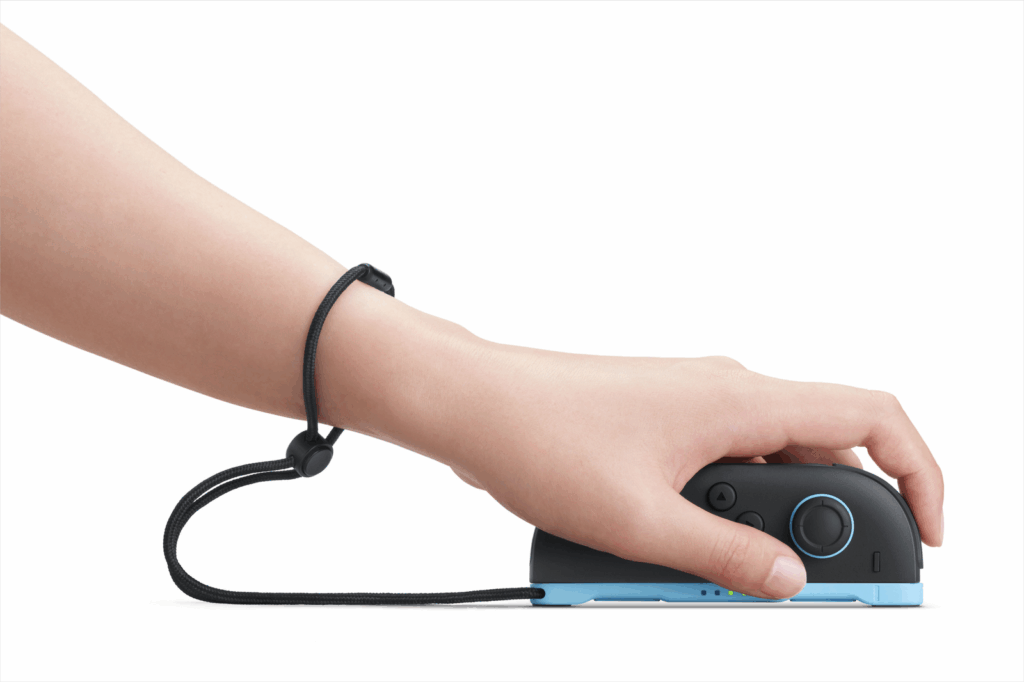
While the Nintendo Switch 2 is slightly larger, the actual difference in size and weight didn’t make it any less comfortable to hold. It fits nicely in hand, and the new kickstand design seems much more stable. Using the Joy-Cons separately, they fit way more comfortably in hand – meaning (hopefully) less hand cramping than before. The new magnetic attachment system is the other big change, and works infinitely better than the slide-on style connection of the previous Switch (and honestly, makes a lot more sense as a user to do).
One of the other big changes to the Joy-Cons specifically is the all-new mouse functionality. This opens up the possibilities for so many more games to be played on the Switch, which I got a firsthand experience of trying out demos for Drag x Drive, Mario Party Jamboree TV Edition and Metroid Prime 4 Switch 2 Edition.
Surprisingly, the mouse function works extremely well, and it was extremely responsive to my movements. Getting to play what is essentially wheelchair basketball (Drag x Drive) and mimicking the movements was incredibly fun, although the shoulder strain of rolling two controllers along a mousepad for an extended period was pretty rough.
The mouse continues to work even when testing on less-than-ideal surfaces like on your lap, which is probably for the best given the Nintendo Switch is likely to be many players’ ‘couch’ console, rather than set up at a desk with a mousepad. Metroid Prime 4 also paired well with the mouse function, and aiming was infinitely easier – although this is coming from someone who plays first-person shooters primarily on PC.
New Features, New Games
While the mouse function on the Switch 2 Joy-Cons is a cool new feature, it’s not the only new addition to the handheld console. I got to try out the camera while playing Super Mario Party Jamboree + Jamboree TV in some minigames. One of the minigames involved hitting question mark blocks faster than the opponents, and stacking goombas on your head. It feels much like using the old EyeToy for the PS2, and while it’s pretty goofy, that’s half the fun of it.
There’s also the new GameChat (voice chat) feature, which I wasn’t able to test this time around but does do away with the Discord/Nintendo Switch juggling of old while playing multiplayer games.
When it comes to the actual first-party Nintendo games on display, there’s a whole lot I could say, but we’d be here all week. Mario Kart World is pure chaos with races of up to 24 drivers (including my beloved cow from Moo Moo Meadows as a playable character), and it runs beautifully with crispy graphics. Unfortunately, I’m still only medium-decent at Mario Kart even on the Switch 2 – but the upgrades are to the console, not the player, so that’s to be expected.
Donkey Kong Bananza is another standout, and based on my time in the demo it’s the type of game that just feels good to play. Smashing and punching your way through just about anything you see gives a certain level of satisfaction that’s difficult to find, and it’s well worth checking out on launch.
The Nintendo Switch 2 hands-on showcased a handheld console with a whole lot of promise, building on the success of the original Switch and all the things that made it great. The increased performance goes such a long way to improving the overall experience when immersing yourself in the worlds you’re playing in is so important. This, alongside all the little changes to the design and new features showcases a handheld that feels and plays damn good.
With a whole raft of games primed for the console already, it’s one not to miss when it drops on June 5.


